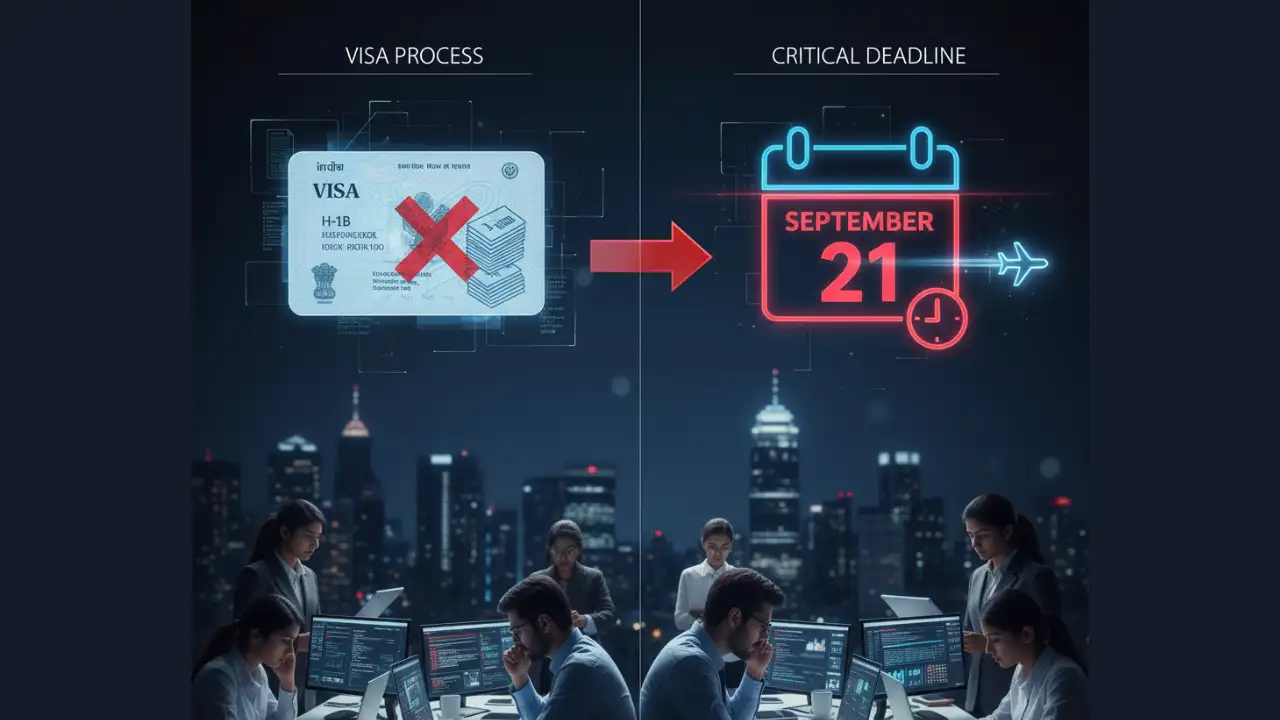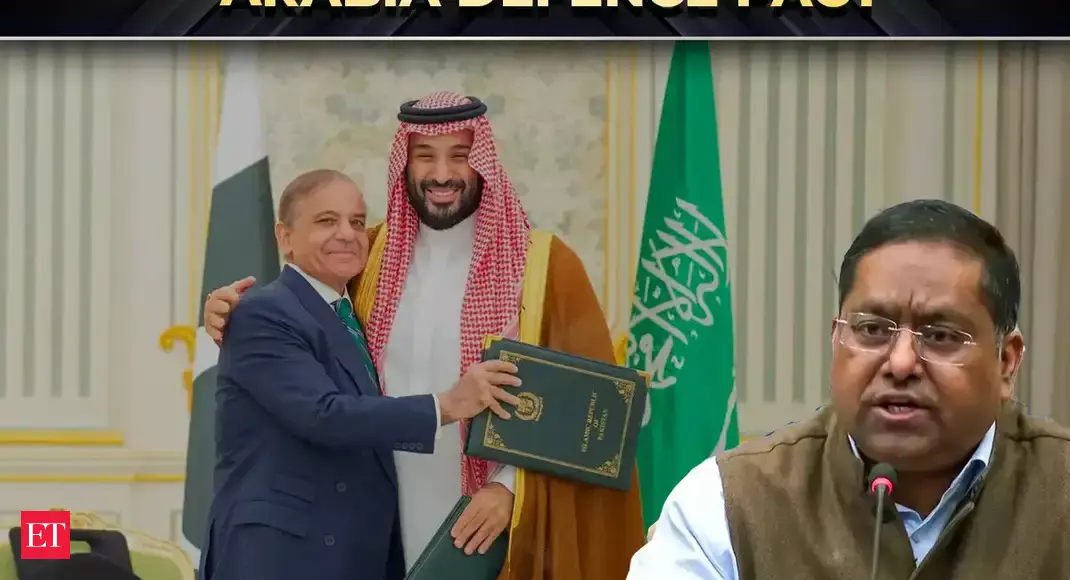By Samannay Biswas
Copyright timesnownews

The Trump administration’s recent proclamation introducing a $100,000 fee for H-1B visa holders has sent shockwaves across the global tech community, particularly affecting Indian IT professionals. Major US tech companies, including Amazon, Microsoft, Meta, and several others, have issued urgent advisories asking employees on H-1B visas to return to the United States no later than September 21, 12:01 AM ET (9:30 AM IST). The warning was meant to ensure that employers could sponsor employees before the hefty visa fee takes effect. Yet, for thousands of tech workers in India, reaching the US before the deadline is practically impossible. Flight Logistics Make Timely Travel Impossible A survey of flights from key Indian cities—Delhi, Mumbai, and Bengaluru—to the United States shows that even the earliest available departures would arrive after the September 21 cutoff. Travel booking platforms such as Paytm and MakeMyTrip indicate that flights include at least one layover, with total travel times ranging from 19 to 21 hours for the fastest routes. Nonstop flights are limited, and passengers would have needed to board as early as the evening of September 19 to reach US soil before the fee enforcement. AI tools analyzing time zones and flight durations confirm the improbability of reaching the US on time. The 9.5–10.5 hour time difference between India and Eastern Time, combined with flight duration, makes compliance infeasible. Similarly, Perplexity describes timely arrival as “highly unlikely,” while Grok notes that only individuals with valid visas might theoretically make it—but even then, practical flight options are virtually nonexistent. Impact on Indian Tech Workers For the Indian IT workforce, which constitutes more than 70% of H-1B visa holders, the consequences are severe. Many employees had traveled to India for personal reasons such as family visits, weddings, or visa stamping appointments. Now, these individuals face a dilemma: either pay an enormous $100,000 fee for their visa sponsorship or risk being unable to return to the US, potentially jeopardizing their jobs, career progression, and financial commitments. With the average H-1B worker already grappling with long wait times for Green Card processing and dependency on employer sponsorship, this sudden fee hike exacerbates an already precarious situation. Corporate Response and Advisory Notes Tech giants have acted swiftly to mitigate the impact on their workforce. Microsoft reportedly issued an internal advisory instructing employees visiting India to return immediately and remain on US soil “for the foreseeable future” to avoid being barred from re-entry. Amazon, Meta, and other major players have issued similar warnings. However, the advisories have raised questions about feasibility, as most employees cannot physically complete travel in time due to limited flight options and international travel formalities. Some social media users have suggested extreme measures, including booking private charter flights, to beat the September 21 deadline. Others have called on the Indian Ministry of External Affairs, urging urgent intervention and diplomatic support to help stranded workers. Discussions online reflect widespread panic, highlighting the human cost of the policy—employees feel “locked in” and unable to travel, while careers and years of sacrifices hang in the balance. Wider Implications for the IT Sector The $100,000 H-1B fee is expected to reshape US hiring strategies, particularly in technology. Smaller startups and mid-size firms may struggle to cover such exorbitant costs, leading to fewer H-1B applications overall. Companies might increasingly prioritize hiring domestic talent over foreign workers, impacting the pipeline for skilled Indian professionals in Silicon Valley and other US tech hubs. Analysts also warn that the policy could deter top global talent from seeking US employment, potentially weakening America’s competitive edge in technology and innovation. The Gold Card Visa Program Alongside the fee, the Trump administration has introduced the “Gold Card” visa pathway, offering expedited permanent residency for individuals or corporations paying $1 million to $2 million, respectively. This program targets “extraordinary” talent, effectively restricting access to only the highest-skilled professionals or those with significant financial backing. While designed to attract elite talent, this program does little to alleviate the immediate crisis facing mid-level Indian IT workers caught abroad. In essence, the September 21 H-1B visa deadline has created an unprecedented scramble for Indian tech professionals. Flight durations, time zones, and logistical constraints make compliance nearly impossible for most affected individuals. Employers face tough decisions on sponsorship, and employees must navigate high-stakes choices that could define their careers. For the Indian IT workforce, this is not just a visa issue—it is a stark reminder of how geopolitical and policy decisions in the US can ripple across the global technology landscape, affecting thousands of lives and reshaping talent mobility for years to come.



